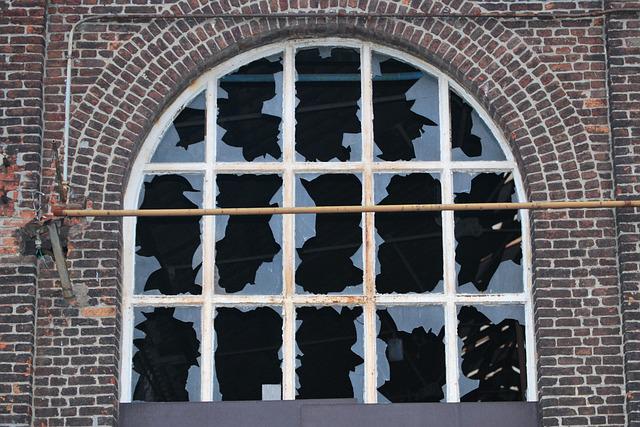
Vandalism consists of damaging the property of others, including public property.
The vandals were members of a barbaric people of East Germanic origin who remained in history as a symbol of savagery and lack of civility . That is why the term vandal today is used to refer to the person who commits actions typical of wild people.
Vandalism , therefore, is a concept that can be used to name the destruction that seems typical of ancient vandals. It is harmful behavior that does not respect the property of others and is usually expressed through violence .
Vandalism concept
Vandalism is the seemingly unjustified hostility toward the possessions of others . It usually manifests itself in public spaces with attacks on monuments, banks, walls , etc., either with the intention of transmitting a message or for the simple fact of destroying what belongs to others.
One of the most frequent forms of vandalism is graffiti , when it is painted on a private wall without authorization. Graffiti on the walls of a house or on a statue has victims (the owner of the residence, the State ) who suffer property damage. Those who express themselves through graffiti, however, maintain that freedom of expression transcends private property or material objects.
Vandalism can also be carried out virtually through the alteration of Internet pages. An example of digital vandalism occurs when a site is intervened to publish a message contrary to the true spirit of the page in question (such as the inclusion of a proclamation in favor of abortion on a Catholic Church site, for example).

Graffiti is one of the most common forms of vandalism.
Positive reception
Sometimes, acts of vandalism arouse mixed feelings on the part of their unsuspecting admirers, since they contain humorous elements that are difficult to ignore, capable of drawing laughter from the most rigid faces.
One of these "charismatic" acts of vandalism took place in the Italian city of Rome, in 2008, when an individual named Graziano Cecchini threw 500,000 colored balls down the staircase of the Trinity of the Mountains, in Piazza di Spagna (one of the most characteristic and appreciated places in the center of Rome). This "prank", which generated a mixture of astonishment and amusement in passers-by, had an approximate cost of 20 thousand euros, which its creator was very happy to bear.
Another clear example takes us to Berlin, where in 2010 a group of German artists called IEPE decided to soak the wheels of more than 2 thousand cars with paint of various colors so that they could print their trajectory at an intersection in the city. It is worth mentioning that the drivers were not accomplices, but victims of this act of vandalism appropriately titled "Reality Paint" (whose approximate translation is "painting of reality") and which consisted of pouring around 500 liters of paint at strategic points on the streets. four streets that served as a canvas.
Other examples of vandalism
In 2011, on the other hand, a Bulgarian graffiti artist who was never identified decided to apply his art to the statues of the Soviet Army Monument, which is located in the center of the city of Sofia, to turn its protagonists into superheroes such like Batman and the Joker, and characters like Santa Claus and Ronald McDonald. Among the most striking symbols is the transformation of the Soviet flag into the North American one and the presence of Captain America. Needless to say, thousands of tourists come to the capital of Bulgaria to take photographs of the new face of this monument, which is more than half a century old.
The list goes on and includes the construction of various figures and their placement in strategic places to take the public by surprise, and the design of obscene images on bridges and monuments to express the discontent of the people regarding certain government decisions.
